The waters off the United States also boast some of the world’s best whale watching, with a variety of species that make seasonal visits from Maine to Hawaii. These incredible marine mammals awe viewers with their enormous size, acrobatic antics, and sophisticated social behaviors as they feed, migrate, and give birth in predictable places.
Below is a list of 20 excellent whale watching locations around America, each offering a window into these amazing ocean giants and the worlds they inhabit.
Monterey Bay, California

This deep submarine canyon just offshore creates a perfect environment for whales feeding on abundant marine life year-round. Summer brings humpbacks and blue whales, while gray whales migrate past during winter and spring within easy viewing distance.
The combination of predictable whale presence and excellent viewing infrastructure makes Monterey one of the most reliable whale watching destinations in the country.
Bar Harbor, Maine
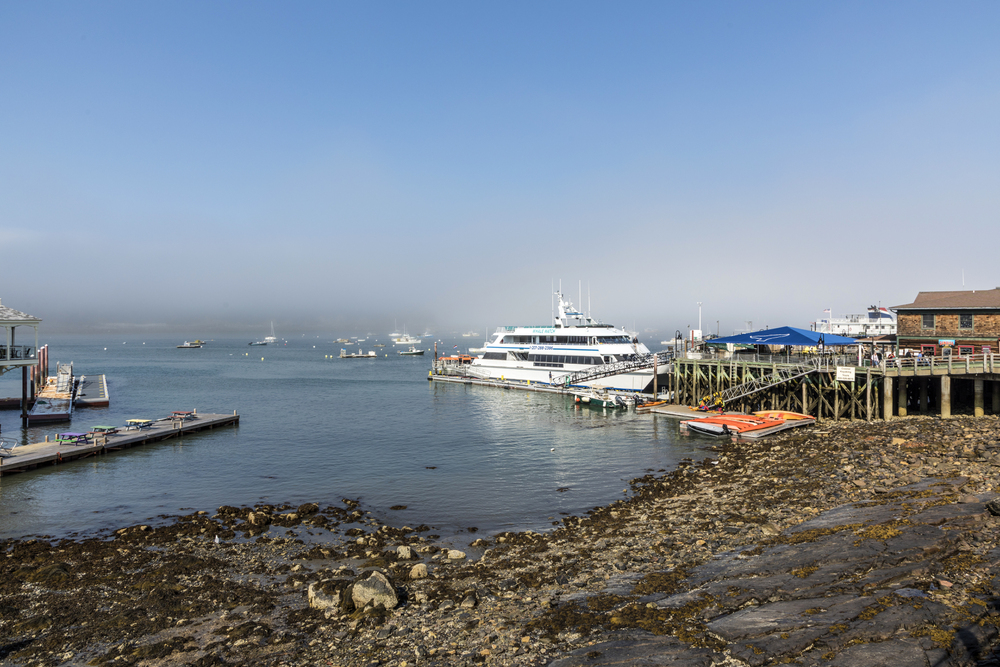
The nutrient-enhanced waters of the Gulf of Maine offer support for numerous whale species that migrate there to feed from May until October. The finback, minke, and humpback whales exploit these waters, and the behemoth finbacks—the second-largest animals on the planet—offer breathtaking performances while surfacing for air.
The stable environment in the protected Gulf waters allows for regular boat tours departing from this small coastal village.
Like Travel Pug’s content? Follow us on MSN.
San Juan Islands, Washington

The resident orca pods of Puget Sound are among the most studied whale populations in the world. The pods roam in defined routes as they pursue salmon in the protected waters between Washington and Vancouver Island.
Unlike their transient cousins, which primarily hunt marine mammals, the resident orcas feed exclusively on salmon, which allows scientists and whale watchers to predict where they will be with some certainty.
Maui, Hawaii

The shallow Maui-Molokai-Lanai channel serves as a winter nursery ground for North Pacific humpback whales. From December to April, some 10,000 humpbacks take advantage of these warm waters to calve and breed before returning to Alaskan feeding grounds.
The whales prefer the shallow, protected waters, which bring them incredibly close to shore, enabling great observation even from coastal viewpoints and beaches.
Juneau, Alaska

The nutrient-rich waters of Alaska’s Inside Passage support numerous summer-feeding humpback whales. Whales often engage in cooperative bubble-net feeding, a highly advanced behavior involving groups of whales creating spirals of air bubbles to encircle schools of small fish before swimming through the center with mouths agape.
The sheltered waters and predictable whale behavior make excursions from Juneau rewarding—even for first-time whale watchers.
Like Travel Pug’s content? Follow us on MSN.
Cape Cod, Massachusetts

The distinctive hook-shaped peninsula creates a natural trap for zooplankton, attracting a number of whale species to feed in the adjacent Stellwagen Bank National Marine Sanctuary. Humpbacks, finbacks, minkes, and the critically endangered North Atlantic right whales all migrate to these productive waters at various times.
The proximity of the sanctuary to the shore enables shorter boat excursions and more time watching these phenomenal creatures in their natural environment.
Channel Islands, California
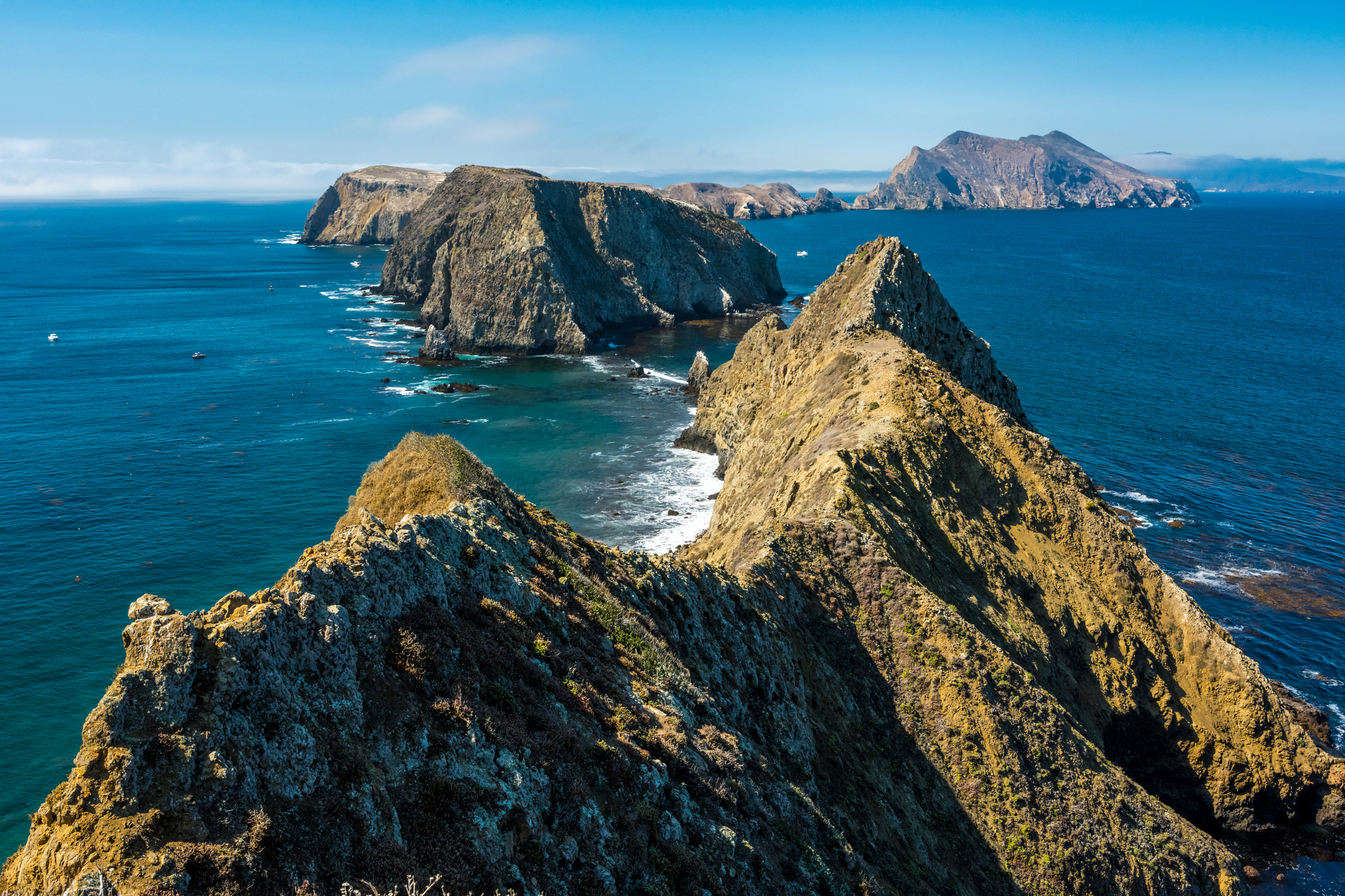
These off-Southern California island ranges lie where hot and cold currents intersect, so naturally, they offer phenomenal ocean marine life diversity. Gray whales undertake a winter passage by, and summers bring an opportunity to view blue whales, the largest life on earth, feeding on krill in bountiful water.
The islands themselves provide an idyllic backdrop for whale watching, along with chances to spot dolphins, sea lions, and a variety of seabirds.
Virginia Beach, Virginia
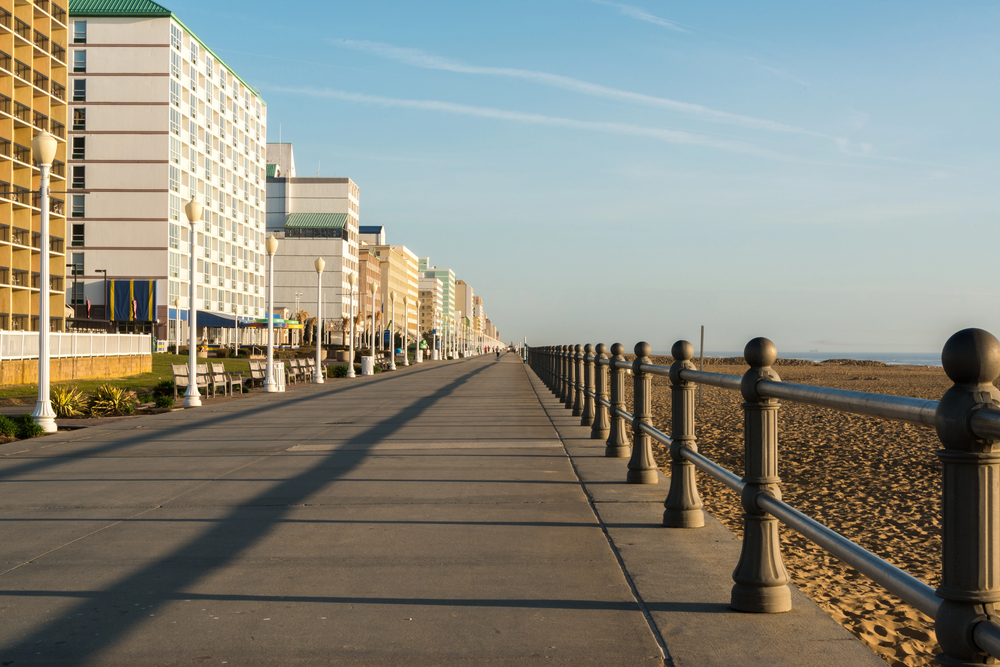
The winter months bring young humpback whales into the mouth of the Chesapeake Bay to feed before they resume their migration. The young whales will spend many months in the area, feeding on abundant menhaden and other schooling small fish.
The consistent appearance of these curious young whales often rewards with close encounters and extended viewing times.
Like Travel Pug’s content? Follow us on MSN.
Olympic Coast, Washington
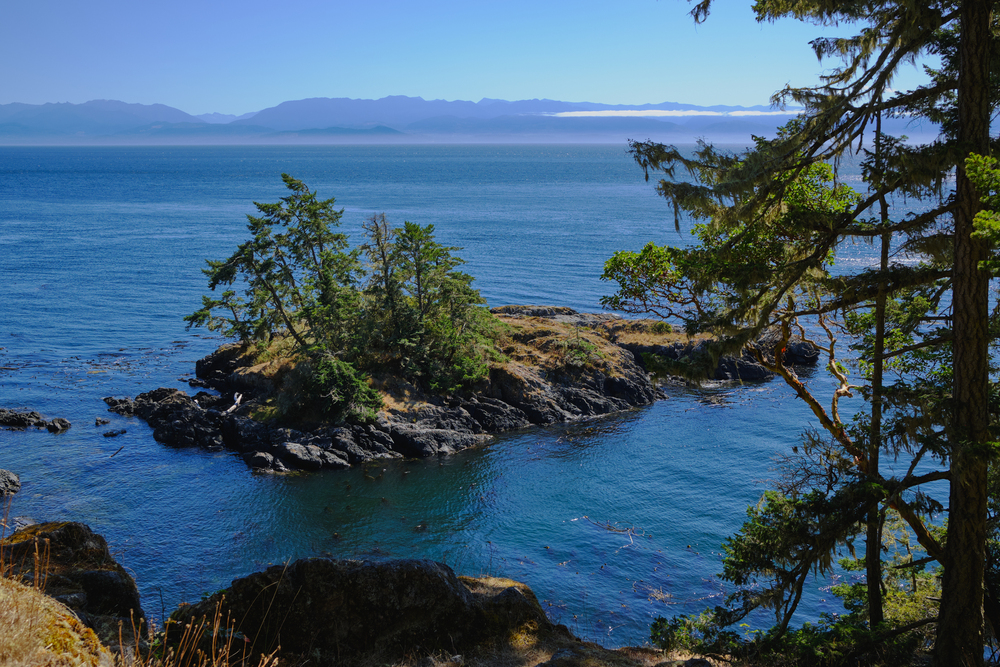
The far-off coast of Olympic National Park offers shore-based whale watching during spring and fall gray whale migration. The old animals stay close to the shore as they migrate between Alaska and Baja California on one of the world’s longest mammal migrations.
Picturesque overlooks at Cape Flattery and Kalaloch give panoramic views of the migration corridor as whales pass within a mile of shore.
Kauai, Hawaii

The oldest of the major Hawaiian Islands features dramatic ocean overlooks ideally suited to observing humpback whales in winter. Poipu Beach Park and Kilauea Lighthouse offer vantage points from which spouts and breaches by whales can be observed against the island’s postcard-perfect horizon.
Winter whale season coincides with peak tourist travel seasons, so adding whale watching is a simple package addition to Hawaii vacation itineraries.
Depoe Bay, Oregon
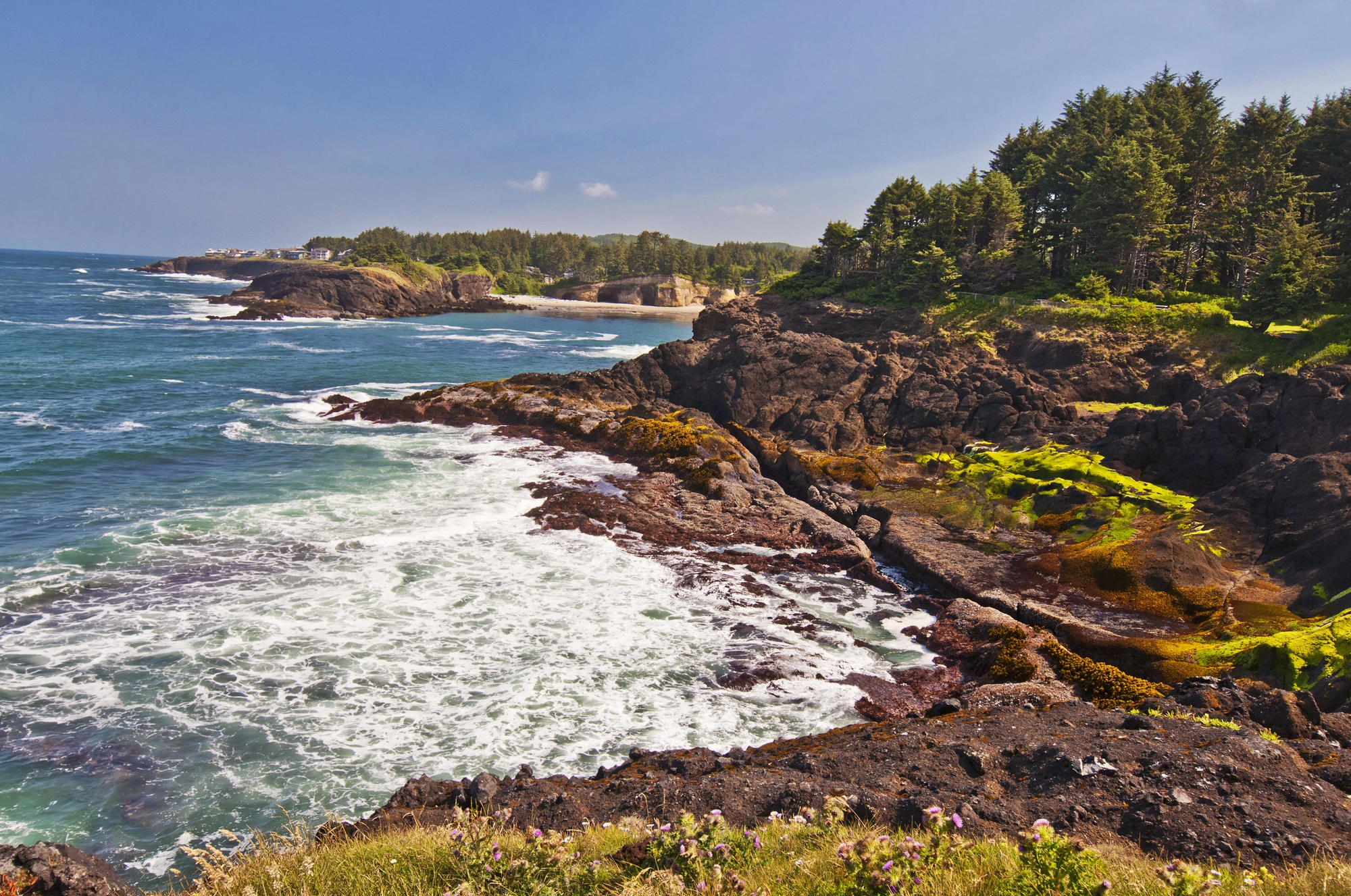
This small coastal community proudly calls itself the ‘Whale Watching Capital of the Oregon Coast’ and with good reason. There is a resident herd of gray whales that graze most of the summer just off shore, sometimes within 100 yards of the seawall. T
The town’s Whale Watching Center provides exhibits, binoculars, and staff guidance to assist viewers in finding these massive creatures that frequently appear as close as a stone’s throw from shore, with their characteristic breathing sounds audible to observers.
Like Travel Pug’s content? Follow us on MSN.
Provincetown, Massachusetts

Cape Cod’s distinctive curl presents ideal feeding circumstances at its north tip, and a variety of whales are attracted there in summer. Experienced captains often encounter humpbacks 15 minutes after leaving the old harbor, making the most of viewing time during tours.
The area’s strong maritime past provides a cultural background to whale-watching tours, with several local families continuing whale-watching through generations.
Friday Harbor, Washington

This charming island culture is home to research on the southern resident killer whales that cruise Puget Sound. The sheltered waterways surrounding San Juan Island offer serene viewing conditions for the observation of these distinctive orca populations with specialized diets and sophisticated social patterns.
Fine educational information on these marine predators is available at the Whale Museum in town.
Kenai Fjords, Alaska

This marine national park is served by the cold waters that host different species of whales feeding in the scenic landscape of mountains and ice. Orcas, humpback, minkes, and fin whales come to these abundant waters where glaciers on the Gulf of Alaska converge.
Boat tours in Seward sail through landscapes with drifting ice, huge fjords, and fertile mineral waters on which whales congregate in summer when feeding.
Like Travel Pug’s content? Follow us on MSN.
Dana Point, California
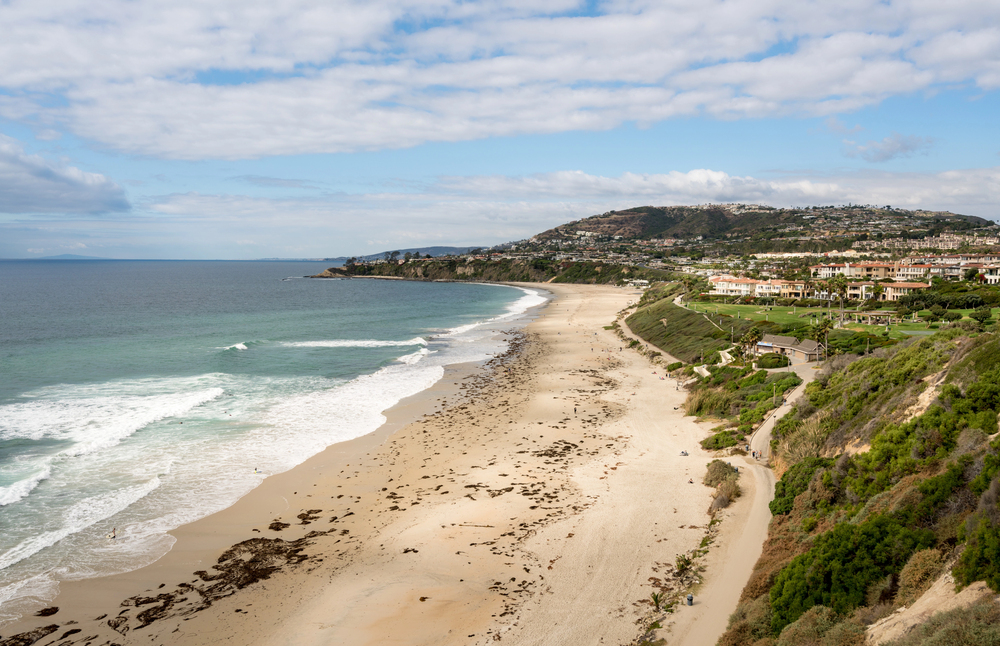
This South Coast California town welcomes the festival every year to commemorate the migration of gray whales through adjacent coastal waters every winter. The festival’s unusual headland is a natural feature of the whales’ migratory routes, inviting them to a predictably close proximity along the shore annually.
Since the town relies on gray whales in winter, blue whales in summer, and white resident populations of dolphins, this Orange County location is a sure place to observe marine mammals.
The Eastern Shore of Virginia
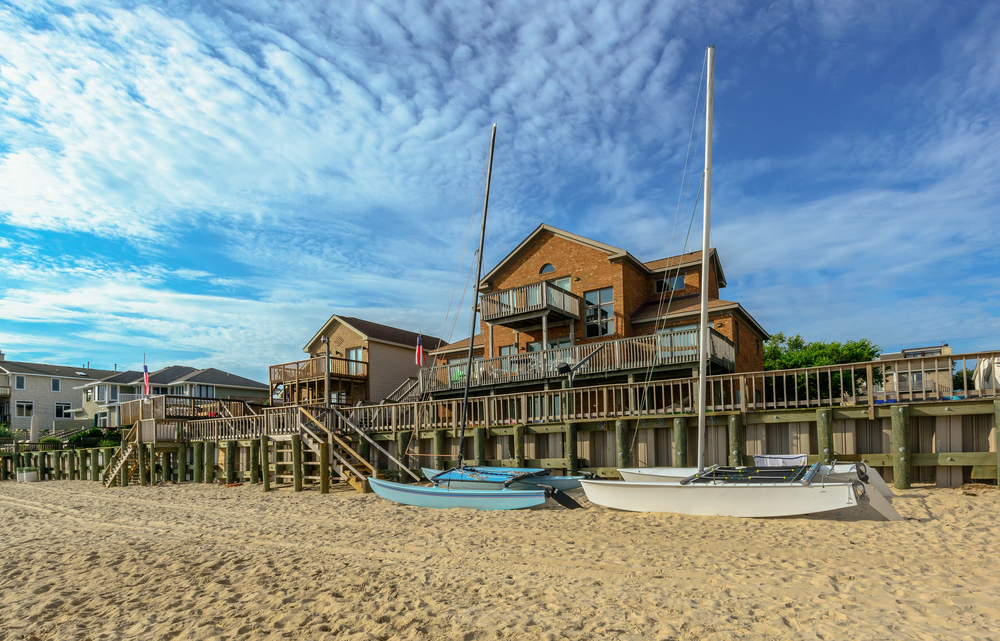
The sheltered waters off Virginia’s Eastern Shore and Chesapeake Bay receive visits from humpback and fin whales during winter. The large whales live on abundant menhaden schools within relatively shallow waters close to the mouth of the bay.
Winter cruises often include the extra excitement of watching hauled-out seals on offshore islands while searching for whales in nearby waters.
Homer, Alaska

In the summer, the Kachemak Bay deep waters offer the perfect feeding grounds for humpback whales. Homer Spit tours often encounter whales feeding against the dramatic scenery of the Kenai Mountains and their retreating glaciers.
The combination of calm, protected waters and frequent whale sightings makes this place particularly ideal for photographers seeking perfect conditions to photograph whale behavior.
Like Travel Pug’s content? Follow us on MSN.
Boston Harbor, Massachusetts
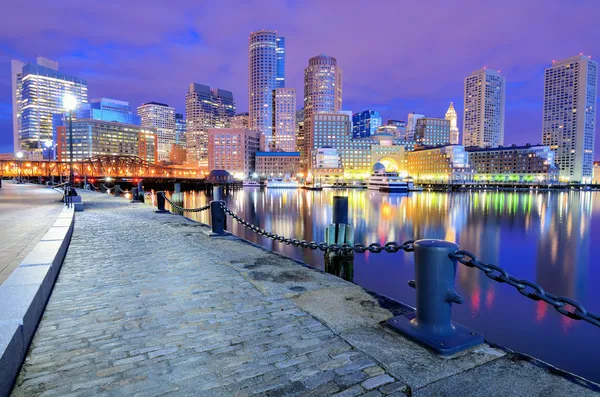
The restored harbor is just a short distance from downtown skyscrapers, with surprisingly affordable whale watching just minutes away. Stellwagen Bank National Marine Sanctuary is just 25 miles outside the city, and half-day tours offer the chance to observe numerous species of whales in their natural environment.
This accessibility makes Boston one of the few major metropolitan areas in the world where upscale whale watching comes with city amenities.
Long Beach, California
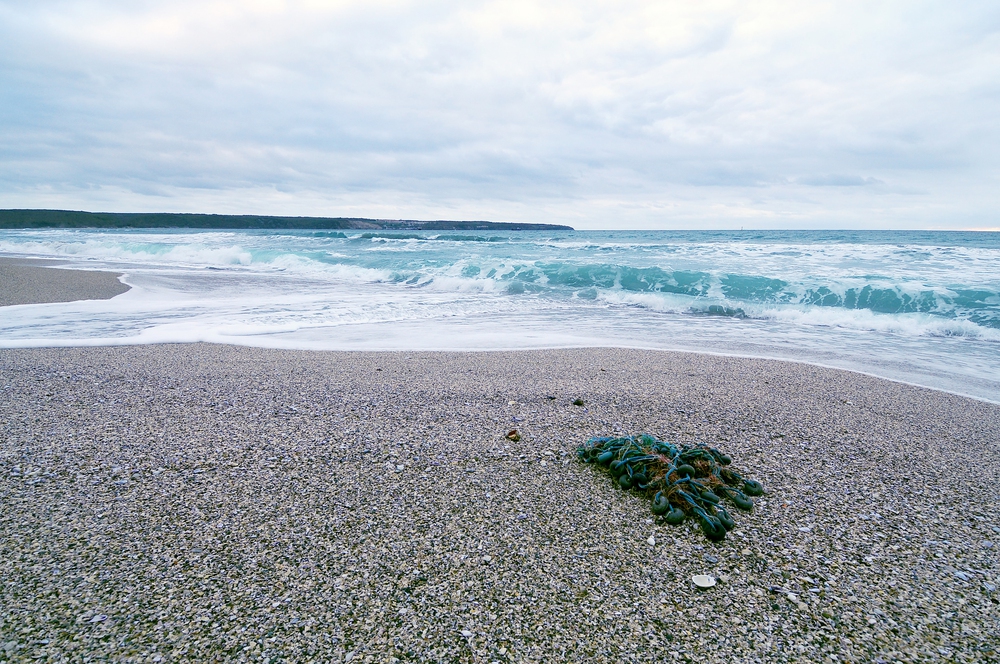
The ocean waters along Southern California are home to the annual migration of gray whales, which passes by close to the urban coastline. Point Vicente observation sites offer land-based viewpoints, and volunteers tally and record whale migration during migration season.
The fact that the migration route is so close to land makes this one of the simplest whale watching locations in the country, requiring no boat travel to observe these behemoths.
St. Augustine, Florida
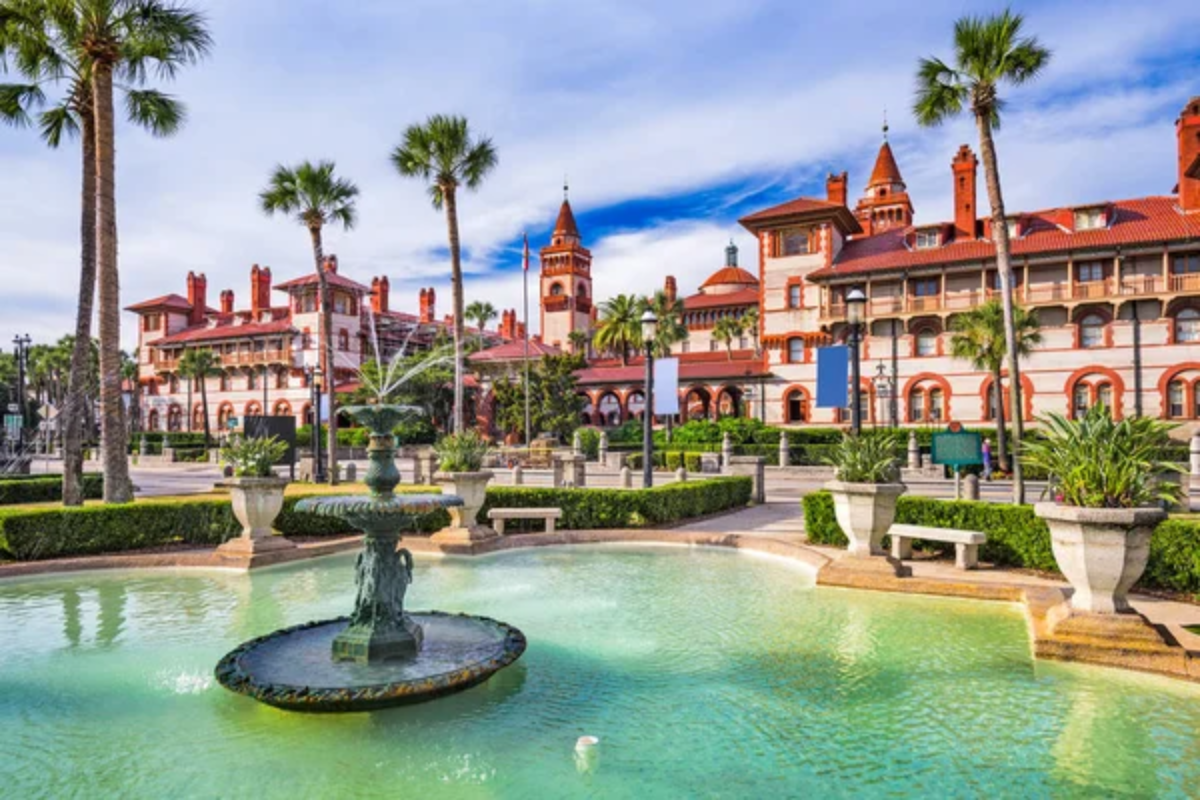
Northeast Florida’s shallow coastal waters provide calving grounds for the critically endangered North Atlantic right whale during winter. Mother-calf pairs are occasionally visible from land between November and March as these enormous animals, up to 52 feet long, nurse calves in sheltered waters.
The location’s cultural history and mild winter climate make it attractive for combining whale watching with cultural exploration.
Like Travel Pug’s content? Follow us on MSN.
Witnessing Ocean Giants

These top whale-watching locations offer windows into the lives of the world’s largest creatures, who travel along ancient migration routes and feeding grounds along American coastlines.
Each site provides unique insights into different whale species and their adapted behaviors in local ecosystems. From land or marine perspectives, such encounters with sea giants create indelible memories of nature’s wonder and the ongoing importance of conserving these marvelous animals and their ocean habitats.
More from Travel Pug

- Cities Growing so Fast You Won’t Recognize Them in 10 Years
- 13 Destinations Where Tourists Regularly Regret Their Trip
- 16 U.S. Cities That Are Quietly Becoming Travel Hotspots
- Where to Travel If You Love Long Bus Rides and Daydreams
- 20 Cities Perfect for Solo Travelers Who Crave Adventure & Culture
Like Travel Pug’s content? Follow us on MSN.
